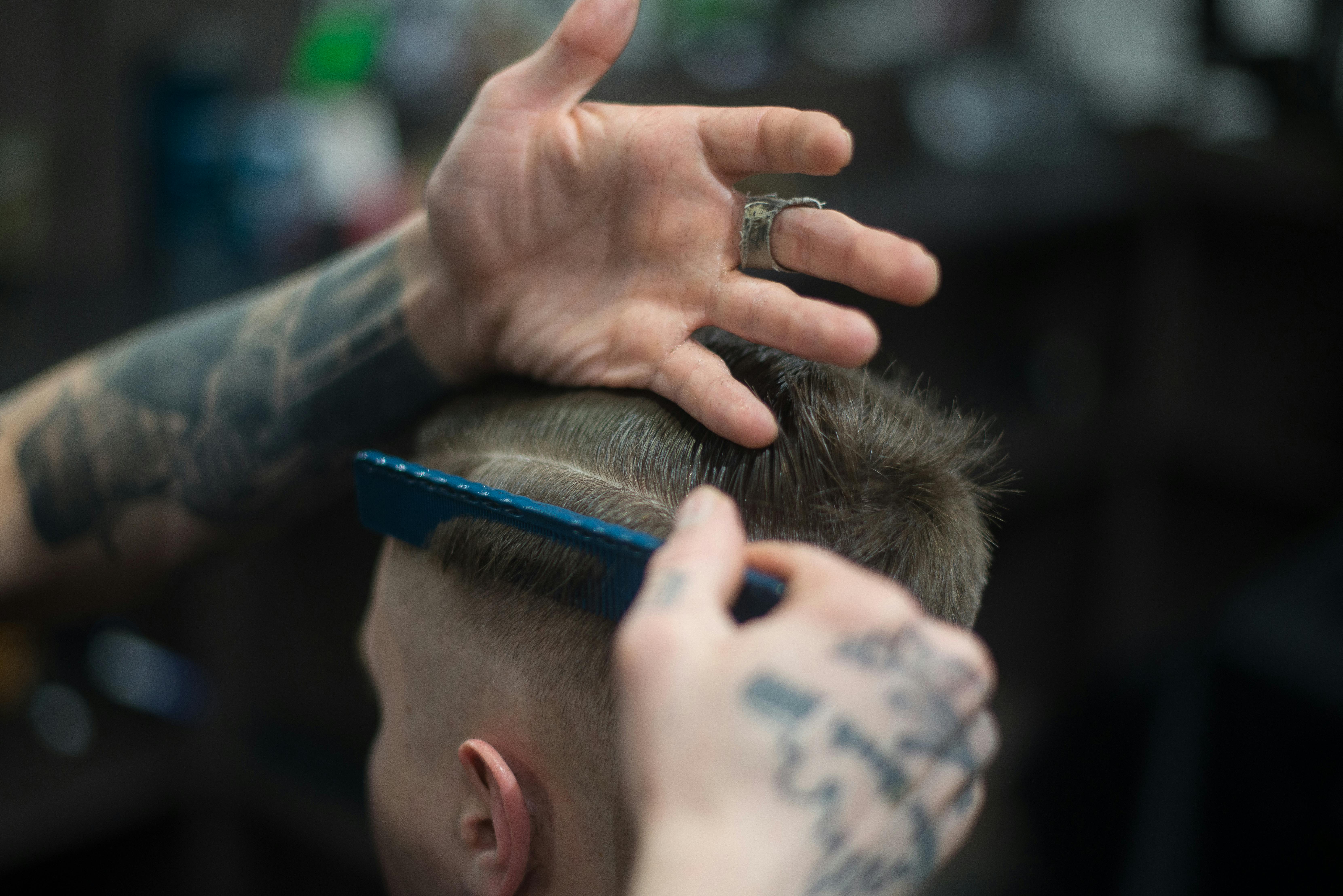Defying Gravity: A Comprehensive Look at Hair Transplants
From ancient Egyptian wigs to modern-day hair transplants, humanity's quest for a full head of hair has been a centuries-old pursuit. Today, we're focusing on the innovative field of hair transplantation, a process that has transformed over the years to accommodate advancements in technology and shifting societal norms. As our understanding of hair growth and scalp health deepens, hair transplantation continues to evolve, promising more natural-looking, reliable results for those battling the age-old problem of hair loss.

Hair Transplants: A Historical Perspective
Hair transplants can be traced back to the late 19th century when a German medical student, Menahem Hodara, successfully transplanted hair to a patient suffering from alopecia. However, the modern hair transplant technique, as we know it today, was first introduced in the 1950s by a New York dermatologist named Dr. Norman Orentreich. His technique, known as punch grafting, involved removing small round grafts from a hair-bearing area and transplanting them to a bald area. While primitive by today’s standards, this technique paved the way for future advancements.
Over the decades, hair transplantation has evolved significantly. Early procedures often resulted in an unnatural “pluggy” appearance, leading to the now outdated term “hair plugs.” Today, thanks to refined surgical techniques and improved understanding of hair growth patterns, hair transplants can create a much more natural appearance.
The Science behind Hair Transplants
At its core, hair transplantation is a simple concept: it involves moving hair follicles from one part of the scalp (the donor site, usually the back or sides of the head) to the balding or thinning areas (the recipient site). However, the process is far from straightforward.
The hair transplant procedure can be divided into two main types: Follicular Unit Transplantation (FUT) and Follicular Unit Extraction (FUE). The key difference lies in how the hair follicles are harvested. In FUT, a strip of skin with hair is removed from the back of the head and then dissected into individual follicular units. In FUE, individual hair follicles are removed directly from the scalp using a punch tool.
The Impact of Hair Transplants on Society
Hair transplants have undeniably had a significant impact on society. With an estimated 80 million men and women in the US suffering from hair loss, the demand for effective hair restoration solutions is high. The hair transplant industry is currently worth $4.1 billion globally and is projected to continue growing.
Hair loss can have a profound impact on an individual’s self-esteem, mental health, and overall quality of life. Hair transplants offer a permanent solution to hair loss, providing a significant confidence boost for many patients. As the stigma around cosmetic procedures diminishes, more people are willing to openly discuss their hair transplant journeys, further normalizing and promoting the procedure.
The Future of Hair Transplants
The field of hair transplantation is not standing still. Researchers are continually exploring new techniques and technologies to improve results and patient experience. One exciting area of development is the use of regenerative medicine, specifically Platelet-Rich Plasma (PRP) and stem cell therapy, to enhance hair growth and transplant success.
Hair cloning is another promising frontier. Although still in the experimental stages, the concept involves taking a small sample of a person’s hair follicles, multiplying them in a lab, and then implanting them into the scalp. If successful, this technique could potentially provide an unlimited source of donor hair, revolutionizing the field of hair restoration.
Concluding Thoughts
Hair transplants have come a long way since their inception in the 1950s. They have not only provided a solution for those battling hair loss but also contributed to shifting societal perceptions around cosmetic procedures. As we look towards the future, advancements in technology and medicine promise even more effective and efficient solutions. Despite the challenges and stigmas, the quest for a full head of hair continues, propelled by our innate desire for self-improvement and the relentless march of scientific progress.




